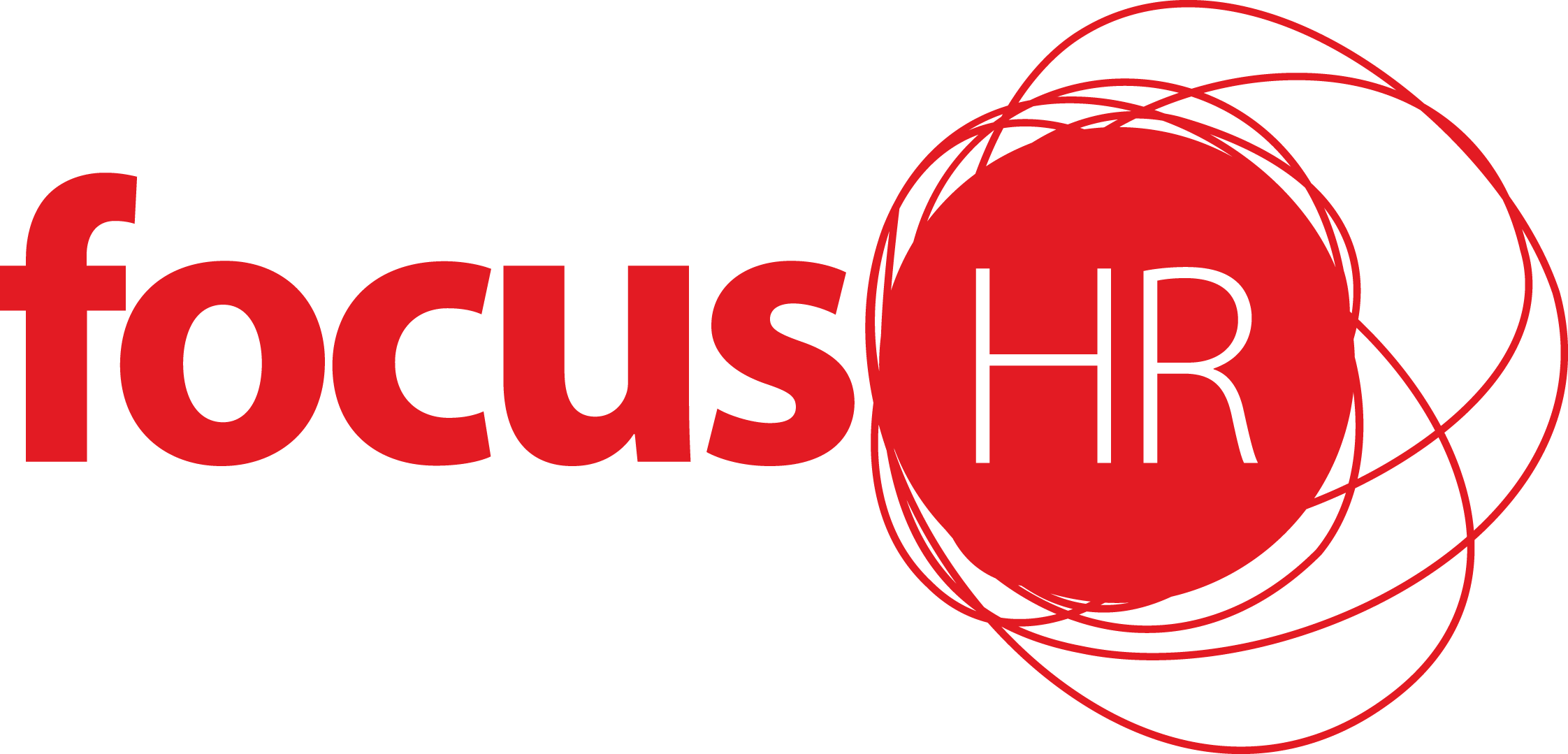In today’s competitive talent landscape, the 2025 Michael Page Talent Trends report reveals a standout theme as critical to attracting and retaining top talent: the primacy of work-life balance.
Work-Life Balance: The #1 Priority
Work-life balance has overtaken salary as the top priority for professionals in Australia. According to the report, 90% of professionals rank work-life balance as their most important workplace factor – up from 89% last year. This reflects a broader redefinition of success, where wellbeing and flexibility are no longer seen as perks but as expectations.
“Work-life balance isn’t a perk – it’s now an expectation,” says Leela Jenkins, Director of Customer Partnerships at Michael Page Australia. “Employers who fail to act on this shift risk losing talent to competitors who do.”
Yet, while balance is the top priority, salary dissatisfaction remains the number one reason employees resign. This duality presents a challenge: employers must offer flexibility and wellbeing support but cannot afford to ignore competitive compensation.
Flexibility Is Here to Stay – But So Is the Debate
The report shows that 54% of Australian professionals now work in hybrid arrangements, a slight decline from previous years but still well above the global average of 47%. Interestingly, 60% of hybrid workers say they would consider leaving their job if required to spend more time in the office. Even among those satisfied with their salary or role, flexibility remains a non-negotiable.
However, a disconnect persists between employers and employees on productivity. While 44% of professionals believe they are more productive working from home, only 19% of employers agree. Conversely, 51% of employers believe productivity is higher in the office, compared to just 25% of employees. This gap underscores the need for clear, evidence-based productivity metrics and open dialogue about performance expectations and whether these are being met.
We hear from many of our clients that they struggle to get a clear grasp on ‘what they are actually doing’ when an employee is working from home. This does not necessarily mean the employee is not being productive, rather that employers are yet to find the best way to set expectations, define deliverables and measure real output, when they lose the tangible of seeing a bum-on-a-seat and hearing keyboards being tapped on.
What This Means for Employers
The message is clear: flexibility is no longer optional, it is a strategic imperative. Organisations need to find the right approach for their business, culture and people. There is no one correct approach to achieving balance and flexibility. There are, however, key components to getting it right:
- Balance flexibility with structure: When offering flexible working arrangements (whether that is working from home, flexible hours, or any other arrangement), take the time to define clear productivity expectations, how it will be measured, and what strategies will be put in place to ensure flexible arrangements are win-win.
- Protect human connectivity: ‘Loneliness’ and ‘disconnect’ are words that are heard more frequently in workplaces with flexible arrangements. Businesses need to take care to build connectivity into their practices – having ‘all hands on deck’ days with everyone in the office, organising social events, daily huddles, and manager one-on-ones are all mechanisms to ensure that those who are less physically present are still connected to the team.
- Built-in exit clauses: flexibility arrangements, with clear parameters and expectations, should also address what happens when things are not working. Putting arrangements in on a trial basis, or for fixed periods of time, are effective ways to trigger conscious and deliberate reviews of what is working and what is not, and allow employers and employees to renegotiate arrangements. Businesses need to give themselves the ability to change or, if necessary, cease, flexible working arrangements where it no longer works.
The Bottom Line
As the talent landscape continues to evolve, successful organisations will be those that listen closely, adapt quickly, and implement flexible work strategies with intention and clarity. Balancing structure with freedom, and data with empathy, is no longer just good management – it’s essential to talent retention.

